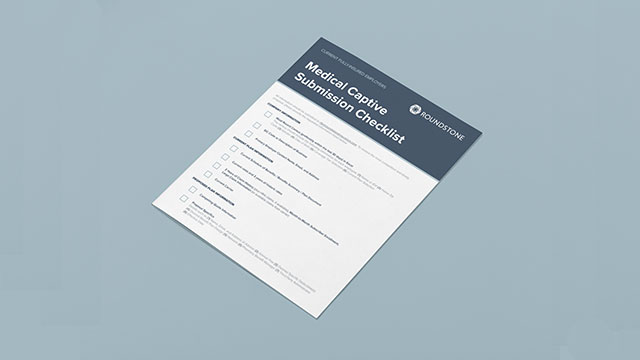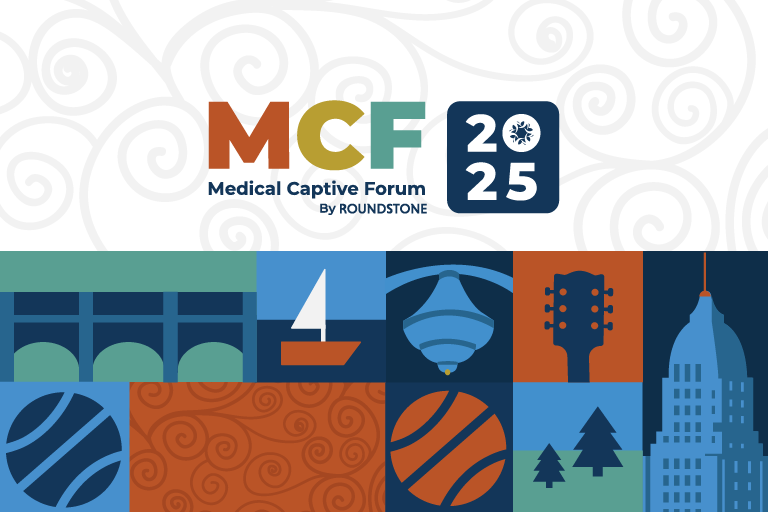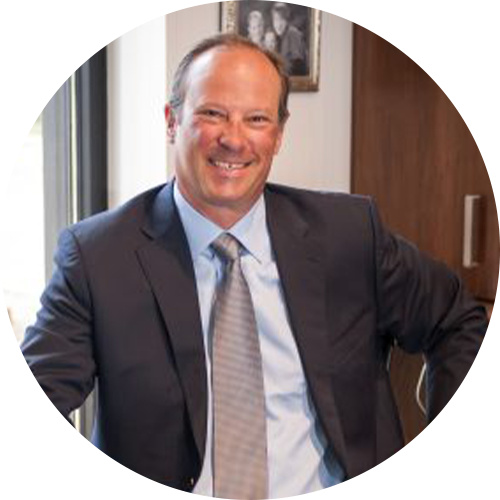Healthcare, by its very nature, provides a deeply personal service to us all. Yet, I’ve watched with growing concern as this essential service has become increasingly impersonal, driven by a labyrinth of intermediaries and misaligned incentives that distance it from the very people it’s meant to serve.
This rift not only impacts the quality of care delivered but it also results in untenable cost increases for employers who sponsor health plans for their employees. Employee contributions for family coverage increased 47% over the past decade, while employees’ satisfaction with their benefits dropped to its lowest point in the same ten years, reaching 61% in 2023. This confirms the dramatic disconnect between healthcare cost and quality – everyone is paying more and getting less.
The good news is, we have the solution. The key to reestablishing this vital connection between healthcare and individuals lies in rethinking how employers fund their employee health plans. Self-funding with a group medical captive allows businesses to assume direct control over their healthcare expenses, offering a level of flexibility and transparency not found in traditional insurance models.
Self-funding not only empowers employers to manage healthcare costs more effectively but also allows for the creation of personalized health plans that prioritize easy access to care and quality of care. This approach improves satisfaction and retention — employees are more likely to stay at a job if they like their health plan.
The Captive Can Set You Free
The conventional approach to funding healthcare benefits, known as Fully Insured or Fully Funded, is a 100% fixed and escalating cost approach, payable as a monthly premium to an insurance carrier who manages the plan. Because there is no control or transparency, it often leaves small and mid-market employers feeling powerless and disconnected from the process. Costs continue to increase every year and without insights into their claims data to understand why, there is nothing they can do to impact them. Unlike every other business expense, healthcare costs are a black hole.
The remedy to this issue is rather simple: Instead of giving control to a health insurance company, the employer takes the reins and manages their own healthcare costs. This approach is called self-funding. Most large companies self-fund because they can – they have safety in numbers. But now, smaller businesses can self-fund too as part of a group captive.
Self-funding with a group medical captive enables smaller companies to self-insure safely. With this three-tiered model, you pay for healthcare costs up to a specific deductible, you share some costs above that deductible across a pool of hundreds of other employers in the captive, and finally, you shift costs to a stop-loss carrier to cover catastrophic claims.
This model offers transparency, flexibility, and cost control, enabling employers to tailor their health benefits to the specific needs of their employees. You can also think of self-funding as “unbundling”. You are breaking the fixed insurance bundle apart and putting it back together again – but this time by curating a solution that works precisely for you and your employees.
The secret to success with self-funding lies in choosing the right partners and understanding how they work together. And as the Captive Manager, we provide the platform that keeps these partners all rowing in your direction. If you think of it in terms of football, the Benefits Advisor is your coach with the playbook, making sure your plan is running well. The Third-Party-Administrator (TPA) is the quarterback – managing and paying medical claims and acting as the face of your plan to the employees. The Pharmacy Benefits Manager (PBM) should act as the defensive line, paying pharma claims and knocking down high-cost drugs. There are other players on your team, too, such as digital health, plan navigation, and other cost containment point solutions.
You simply choose the provider network and partners to help manage your health benefits solution as a seamless whole. Whatever you need and nothing more.
Data-Driven Insights
Like anything else in business, if you don’t have the data to help you figure out what is driving your costs, you are most likely going to see those costs continue to rise dramatically. That is the case with employers in a fixed cost, fully insured product – they don’t have the necessary information to take control over their employee benefit plan. In a self-funded captive environment, employers gain access to detailed claims information which opens the door to identifying trends, prevalent conditions, or utilization patterns within their population.
Once identified, you then have the flexibility to implement cost-saving solutions that provide the specific care your employees need. Perhaps your specialty pharma utilization is high, your diabetic population is above benchmark, or the utilization of primary care is not where it should be – partners like Roundstone and a consultative Benefits Advisor will help you identify these trends and work with you to decide what can be done to improve access and reduce costs.
It’s not just about having the data but how you use it. In addition to identifying utilization trends there is important work being done to analyze the non-medical factors that impact an individual’s health or pursuit of health, known as social determinants of health (SDOH). These factors include proximity to high-quality healthcare providers or fresh and healthy food sources, transportation access and community environment. Taking these things into account can help you identify where the gaps are in your health plan and what strategies you can use to address them.
Along with SDOH, considering your workforce’s demographic is important data that should not be taken lightly. Assessing the health risks facing your employees based on their age, gender, sex, and race is a powerful way to provide better, culturally competent health care to your team and long-term savings to your health plan.
Aligning Incentives
Since 2013 the number of medium-sized employers that self-insure has risen from 13.2% to 18% in 2022. Our own numbers confirm this trend as Roundstone saw a 27% growth in its customers last year. As healthcare costs continue to rise, more employers are seeking a proactive, long-term approach to managing healthcare costs and outcomes.
Although these trends are encouraging, the captive is not the viral sensation that it should be. This industry is slow to change, and that is largely due to the detrimental impact of misaligned incentives. It is, of course, in the best interest of the employer and the employee to manage quality, affordable health care for their company. It is not, however, always in the best interest of the intermediary to do so. This results in poorer outcomes and higher costs.
At Roundstone, our moral proposition and value proposition are one and the same. When we sit down to ask ourselves a strategic question, the first consideration is always, ‘What would the employer want?’. It seems strange that prioritizing the financial and physical wellbeing of clients would be a differentiator in an industry centered on healthcare, but that is the result of decades of misaligned incentives.
Knowledge is Power
Our commitment to realigning the industry goes beyond providing an innovative funding model – we believe in the power of education and collaboration as the catalysts for change. That’s why, nine years ago, we launched the Medical Captive Forum (MCF). This annual, educational event is a cornerstone of our mission to simplify the complexities and democratize access to better health benefits. It is a gathering of forward-thinking HR and finance professionals, CEOs, business owners, benefits advisors and solution providers all united by a common goal to provide better care at an affordable cost.
This year, I want to personally invite you to join us for MCF 2024 in a city that is near and dear to my heart – New Orleans, LA. Set against the backdrop of this culturally rich and vibrant city, we bring you The Big Easy Approach to Benefits. Whether you’re exploring the concept of self-funding or you’re already a member of our captive, MCF will provide you with the insights and tools you need to take control of your healthcare benefits.
As we look to the future of healthcare, the call to action is clear. It’s time to shift away from the impersonal, fragmented systems of the past and move towards a more connected and personalized approach, where all are aligned towards the same goal – quality, affordable healthcare and a better life for all.










